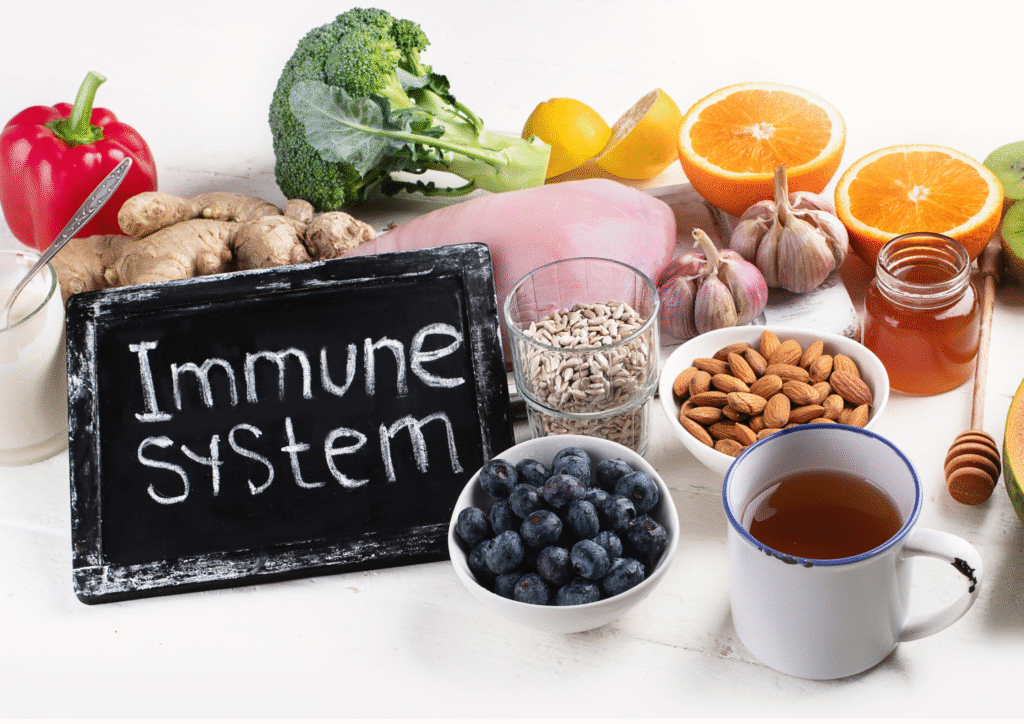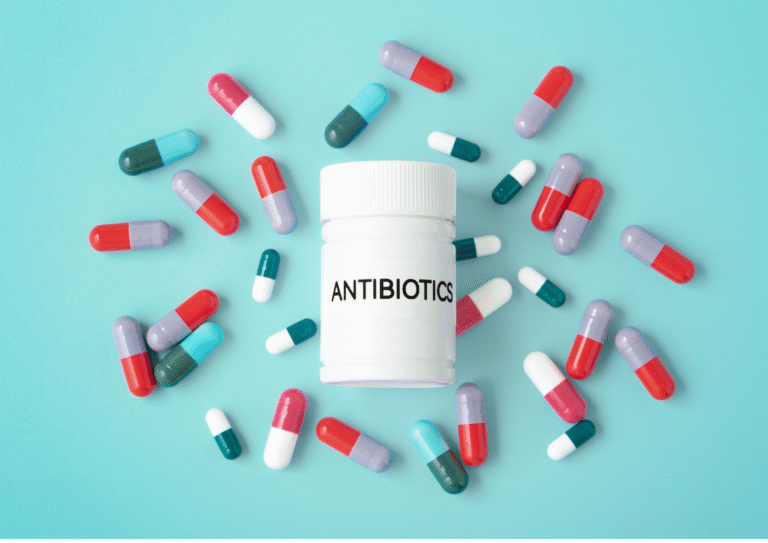
Have you ever taken antibiotics for a cold, or skipped a dose because you “felt better already”? What if that tiny decision wasn’t harmless, but a small step toward a future where even a paper cut could be deadly?
Antibiotic resistance might sound like something out of a science textbook, but it’s quietly becoming one of the biggest global health threats of our time. If you’ve ever wondered, “Why does this matter to me?” or “What can I do about it?”, keep reading.
This explainer on antibiotic resistance will show you why understanding the risk now could help save lives later.
What Exactly Is Antibiotic Resistance? (And Why Should You Care?)
Antibiotics are powerful drugs designed to kill bacteria. Since penicillin was first used in the 1940s, they’ve saved countless lives, revolutionizing medicine as we know it. But here’s the catch: bacteria are incredibly adaptable. Over time, they learn to fight back.
Antibiotic resistance happens when bacteria evolve and stop responding to the antibiotics meant to kill them. This makes infections much harder to treat, sometimes even impossible. As a result, people are left with infections that used to be easily cured, but now can last longer, require more aggressive treatments, or even turn fatal.
“We are staring at a post-antibiotic era, where common infections could once again kill,” warned Dr. Margaret Chan, former head of the World Health Organization (WHO).
The Alarming Impact of Drug-Resistant Infections
Here’s the stark reality: antibiotic resistance isn’t just about hospitals or “sick” people. It affects everyone, from infants to the elderly.
In 2019 alone, 1.27 million people died directly from drug-resistant infections. That’s more deaths than from HIV or malaria in the same period.
Experts predict that if we don’t take significant action, antibiotic resistance could cause 10 million deaths each year by 2050.
To put that in perspective: imagine going in for routine surgery and leaving with an infection that no drug can treat. Or that bothersome UTI? It might not respond to anything in the pharmacy. This is the future we face if current trends continue.
“Isn’t This Just a Problem Somewhere Else?”
Some people mistakenly believe antibiotic resistance is primarily happening in poorer nations with weaker healthcare systems. However, this isn’t true. Wealthy countries like the U.S., U.K., and Australia are also seeing a rise in resistant infections, especially in hospitals.
Even farm animals play a role in this crisis. “In many places, antibiotics are used in livestock not to treat sickness, but to make animals grow faster,” notes the CDC in their report on drug resistance. This widespread, non-therapeutic use of antibiotics in agriculture creates resistant bacteria that can then spread to humans through meat or the environment.
So no—this isn’t just a “somewhere else” issue. It’s happening in your grocery store, your neighborhood, and potentially in your body.
Why We’re Losing the Battle (And Who’s to Blame)
You might be thinking, “Isn’t science keeping up with new antibiotics?” Unfortunately, not fast enough. Developing new antibiotics is incredibly expensive and time-consuming. Pharmaceutical companies often find it more profitable to invest in medications people take daily for chronic conditions, rather than a drug that cures someone in a week. As a result, no major new class of antibiotics has been developed in decades.
And yes, patients also share part of the blame. Every time we:
- Take antibiotics for a virus (which they don’t treat)
- Don’t finish the full prescription because we “feel better”
- Use leftover pills from a previous illness …we’re inadvertently helping bacteria become stronger and more resistant. Sometimes, we treat antibiotics too casually, almost like breath mints.
What You Can Do (Without Panicking)
You don’t have to be a scientist or a doctor to make a difference in the fight against antibiotic resistance. Here’s how you can help slow its spread:
- Only Take Antibiotics When Truly Needed. If your doctor says your illness is viral (like a cold or flu), antibiotics won’t help. Ask if rest, fluids, and time are better alternatives.
- Finish the Full Course. Even if you feel better early, complete the entire prescription. Stopping early allows stronger bacteria to survive and multiply, leading to resistance.
- Never Share or Reuse Antibiotics. Your friend’s leftover meds are not for you. Antibiotics are specific, and what works for one person or infection may not work for another.
- Wash Hands and Get Vaccinated. Preventing infections in the first place means you won’t need antibiotics. Good hand hygiene and staying up-to-date on vaccinations are your first and best defense.
- Support Better Food Practices. Look for meat labeled “raised without antibiotics.” The fewer antibiotics used in animals, the less resistance we contribute to.
Is There Hope? (Spoiler: Yes, But We Need to Act Fast)
There is good news. Scientists around the world are actively working on innovative new treatments, such as phage therapy (using viruses to kill bacteria) and developing “supercharged” antibiotics designed to bypass existing resistance mechanisms.
“We must invest in new antibiotics while using current ones wisely,” states Dr. Helen Boucher, chair of the Presidential Advisory Council on Combating Antibiotic-Resistant Bacteria.
But until these breakthroughs become widely available, we have to protect what we have left. Because once resistance takes hold, there’s no easy reset button.
Final Thoughts: The Crisis You Can Still Help Prevent
Antibiotic resistance might not trend on social media, but it’s shaping the future of medicine more profoundly than most realize. This isn’t about scaring you; it’s about preparing you—so that 10 years from now, we don’t look back and wonder why we didn’t do more.
So, the next time your doctor says, “You don’t need antibiotics,” thank them. They’re not being lazy; they’re trying to protect your future health and contribute to global well-being.
✅ Your Next Step: Share this post with someone who still thinks “taking a few pills early won’t hurt.” Then, do something small today: wash your hands thoroughly, cook your food well, and support scientific advancements. It’s these little actions that protect us from the biggest threats.




